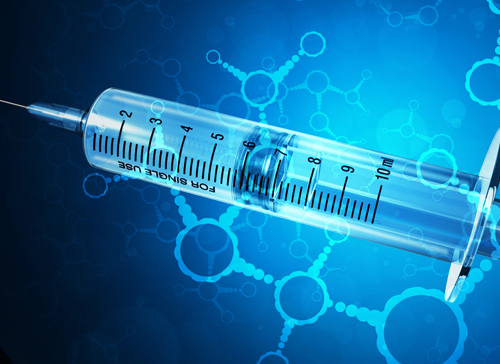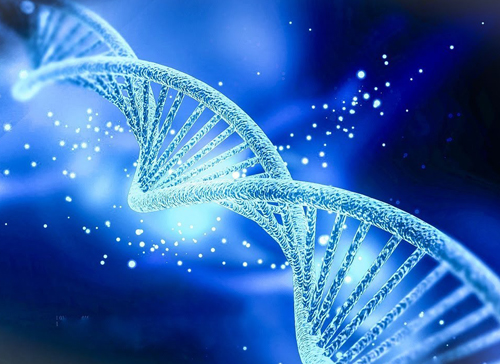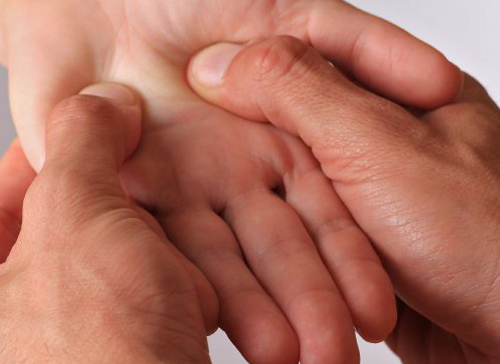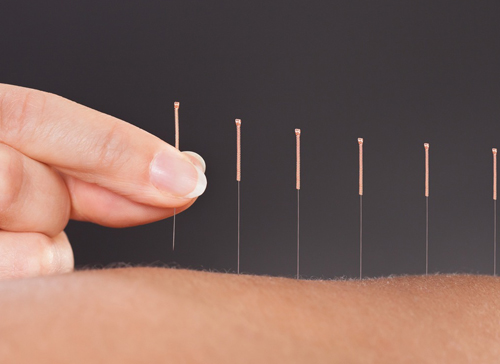Our physical body is made up of trillions of cells and these cells not only have the ability to perform highly specialized functions, but also work as a memory storage devices to store our experiences and we call this phenomenon Cellular Memories.
Cellular Trauma are those cellular memories manifesting due to the negative/bad experiences (both physiological and psychological) which a human being experiences in their lives. These traumatic experiences are usually suppressed and generally pushed into the depths of our unconscious minds, to be forgotten by the conscious mind and these traumas are waiting for the right time to be processed and healed.
The unreleased cellular traumas usually manifest as illness, phantom sensations and sometimes as serious medical conditions, such as chronic pain or eczema, for example. Therefore, it is imperative to recognize cellular trauma before they cause a systemic havoc on our state of wellbeing.
Cellular Integration Therapy is a multi-step healing modality which incorporates the use of Integrative medicine, Cell Therapy based nutrition and a holistic (mind-body-spirit) evaluation of the state of health and wellness.
Trauma Recognition: (Day 1)
This is the first evaluation phase, where the patient interacts with the clinician and narrates the life history, medical history and relevant information. In this phase of evaluation, the clinician will guide the patient gently to explore the hidden facets of their cellular memories and help them recognize various traumatic afflictions. This multi session evaluation starts with the clinician helping the patient follow up on adolescent to adulthood (recent) traumas and then in the second session, help patient navigate from early-childhood traumas and epigenetic inheritances of traumas.
Recuperation: (Day 2)
Once the trauma is identified, most patients feel a sense of a great weight removed from their chest and often feel physically exhausted. In this phase, the clinician counsels and encourages the patient to rest for the day and return back the next day. Since the release of trauma, most patients experience a child-like sleep (which is the first step towards cellular healing). For the clinician: The clinician will work on finding the appropriate revitalization strategies appropriate to the level of trauma and medical needs.
Rejuvenation: (4-6 weeks)
In this stage, the clinician counsels patient to start a 4-6-week intense course tailor-made for their appropriate levels of needs. This course will involve the utilization of diet and exercise, contemplative meditative practices, use of nutritional supplements, psychological consultations (if needed) , adequate rest and other modalities such as acupuncture, biofeedback, bodywork, massage therapies and personalized care modalities.
Revitalization: (1-2 weeks)
Post rejuvenation, the patient generally exhibits a state of renewal and has most of the pains, phantom sensations and physiological instigations under control or no longer manifesting. At this point, the patient is exposed to an array of self-directed psychomotor training to help them understand the trigger mechanism of their individual traumas and also enable them to develop a personalized and unique coping strategies incorporating wellness strategies such as exercise, acupuncture, biofeedback, therapeutic massage, meditation and use of nutritional supplements to regulate their bodies and mind.
Cellular Integration: (6-12 months)
This is the final step of the process will help the patient to fully actualize the new state of health and wellbeing through regular evaluations (once in 2 months). This personalized evaluation will help the patient navigate life challenges (arising out of the newfound changes in their lifestyles and behaviors) and to strategize their healing modalities accordingly based on their individual progress.




















